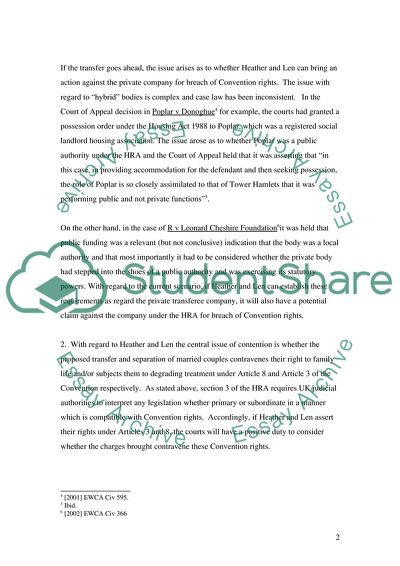Cite this document
(Human Rights as to Heather and Len Essay Example | Topics and Well Written Essays - 3000 words, n.d.)
Human Rights as to Heather and Len Essay Example | Topics and Well Written Essays - 3000 words. https://studentshare.org/law/1713855-human-right
Human Rights as to Heather and Len Essay Example | Topics and Well Written Essays - 3000 words. https://studentshare.org/law/1713855-human-right
(Human Rights As to Heather and Len Essay Example | Topics and Well Written Essays - 3000 Words)
Human Rights As to Heather and Len Essay Example | Topics and Well Written Essays - 3000 Words. https://studentshare.org/law/1713855-human-right.
Human Rights As to Heather and Len Essay Example | Topics and Well Written Essays - 3000 Words. https://studentshare.org/law/1713855-human-right.
“Human Rights As to Heather and Len Essay Example | Topics and Well Written Essays - 3000 Words”. https://studentshare.org/law/1713855-human-right.


